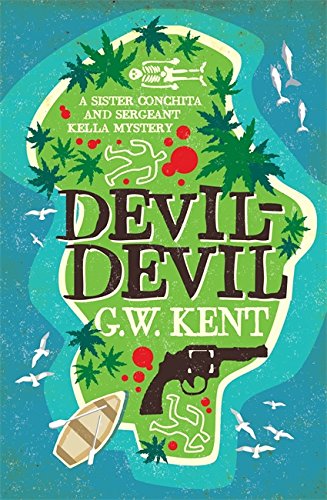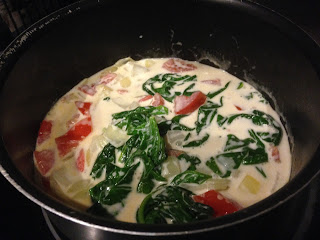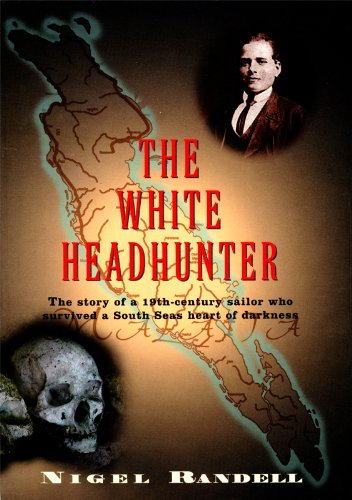 |
| Flag of Tatarstan |
All that changed after September 11 and now people will have a vague awareness of the existence of countries like Uzbekistan, Kazakstan and Turkmenistan, countries that were, for so long, hidden behind the name 'Soviet Union'.
Nowadays, the Russian Federation still hides a lot of smaller 'countries' within its borders and the Republic of Tatarstan is one of the most prominent entities of this Federation - nominally independent, it's still very much part of Russia, although many non-Russians won't even know that it exists.
Ever since I lived in Russia, I've been quite fascinated by its 'Federal subjects' and Tatarstan is just one of the Russian Federation's 22 republics! It's very much 'the other Russia' - Muslim, historically a rival power to Moscow and, in recent years, one of the wealthier parts of the country.
 |
| Kazan Kremlin by Mikhail Koninin |
I also come from a European republic (Ireland) that is part of a federation (the European Union), but it would be a mistake to think of republics in the Russian federation in the same way and being nominally independent doesn't give Tatarstan a place at the world table of nations, nor does it mean that Tatarstan is seen as a nation globally. In terms of Tatarstan's place in the world, it's very much part of a strong and unified Russian state.
Perhaps this explains why I'm already struggling to get a sense of the culture of Tatarstan and whether it's through books, movies or music, it seems as though all roads lead back to Moscow. As with many of the nations within Russia, Tatarstan has an officially sanctioned culture, but it's not at all globalised and I would need to be a Turkic language specialist to engage with the cultural outputs that are sanctioned by the Russian state.
 |
| Kazan shop front by Nat Urazmetova |
I'm deliberately talking about the 'culture of Tatarstan' here, rather than Tatar culture. Tatar culture is a more complicated thing, as there are Tatars all over Russia and Central Asia, including the well-known Tatar minority in Crimea. In my blog posts, I want to concentrate on issues, culture and people who are somehow connected to Tatarstan, whether or not they are also connected to Tatar culture.
Interestingly, most artists, musicians etc that I have been able to find are only half-Tatar and I think that says a lot about a modern Tatarstan that has found its place in the world as a partner in the shadow of Russian culture. That's why I've called Tatarstan 'the other Russia' and I'm intrigued by the influence of Tatar culture on mainstream Russian culture - I believe that, whether people recognise it or not, cultural imperialism can flow both ways. Perhaps Tatarstan represents another side of Russian culture, which is Asian, Islamic and multicultural, whereas many people see Russia as European, Christian and monocultural.
I've started my research by reading Daniel Kalder's book The Lost Cosmonaut (2007), an anti-tourist's account of his travels to Tatarstan, Kalmykia, Mari-El and Udmurtia. I think Kalder does Tatarstan an injustice in his description - I travelled to Kazan in 2007 and it's a more interesting place than he makes it out to be.
Something I learned from Kalder's book though was that Kazan became very famous in the 1970's because of its gangs! Gangs were something that were pretty much unheard of during Soviet times and they were a social problem usually associated with the cities of the capitalist West, so Kazan's gangs brought turmoil to the otherwise compliant Soviet nation.
Interestingly, these gangs became the building blocks of the corrupt form of capitalism that Russia has inherited from the Soviet Union and it was my first real piece of evidence regarding Tatarstan's influence on Russia as a whole.
 |
| Kazan market by Nat Urazmetova |
Tatarstan is situated at the heart of the Volga region and is, therefore, quite a suitable second choice in terms of my Learning about Russia. I first blogged about Russia (Urals Federal District) in 2010/11 and you can see an overview of the topics I covered on my final blog post about the Urals. I also quite sneakily referenced Kazan a couple of months ago, when I was blogging about the Solomon Islands, as Kazan was the host city for this year's FINA World Championships.
I look forward to learning more about Tatarstan and Russia over the coming weeks and I hope you'll join me on my virtual learning journey.
Image credits:
The image of Kazan kremlin is by Flickr member, Mikhail Koninin. Mikhail is from Novosibirsk and you can see more of his images on his photostream.
The images of the Kazan shop front and Kazan market are by Flickr member Nat Urazmetova, who is originally from Ufa in Bashkortostan, but now lives in London.
Thanks to Nat and Mikhail for sharing these images with us, using the Creative Commons license.
I look forward to learning more about Tatarstan and Russia over the coming weeks and I hope you'll join me on my virtual learning journey.
Image credits:
The image of Kazan kremlin is by Flickr member, Mikhail Koninin. Mikhail is from Novosibirsk and you can see more of his images on his photostream.
The images of the Kazan shop front and Kazan market are by Flickr member Nat Urazmetova, who is originally from Ufa in Bashkortostan, but now lives in London.
Thanks to Nat and Mikhail for sharing these images with us, using the Creative Commons license.













































